Omni-C Support Page
Document Directory
Product FAQs
-
What is the required cell input amount for the Omni-C assay?
The standard input for Omni-C is one million cells. A low input protocol is also supported down to one thousand cells.
What sample types are supported by the Omni-C kit?
Cells, animal and plant tissues, and blood.
Will Omni-C work on my genome of interest (AT-rich, repetitive, etc)?
The Omni-C chemistry is robust and works across a variety of genome types.
What are the preferred sample types and methods of sample preparation?
See table below
-
How does the Omni-C assay different from traditional Hi-C?
Omni-C leverages DNase to digest chromatin as opposed to restriction enzymes. This approach provides superior coverage across the genome enabling more applications such as genotyping and haplotype phasing.
-
How many reactions are in a kit?
You will get 8 reactions with each Omni-C kit.
How long does it take to complete the workflow?
The workflow from sample to sequencing–ready library is split over two days.
Are the Omni-C kits compatible with hybrid capture approaches such as Capture-C?
The Omni-C kit is compatible with hybrid capture approaches. The Omni-C workflow integrates easily with Agilent SureSelect, Illumina TruSight and IDT xGEN.
If I am performing Hybrid capture, what do I need to consider when designing probes?
Omni-C libraries exhibit WGS-like coverage of the genome and do not use restriction enzymes; therefore, you can use off-the-shelf probe sets or design your own probes without an inclusion of a restriction enzyme site.
I have frozen cell pellets that are already cross-linked. Are these suitable as input to the Omni-C assay?
Yes, frozen cells previously cross-linked with formaldehyde concentration ≥ 1% can be used as input to the assay. Simply skip the formaldehyde fixation step of our recommended two step fixation process.
What library preparation kits are compatible with the Omni-C assay?
Dovetail offers library preparation and index primers modules to streamline the library preparation workflow. Omni-C is compatible with third party library preparation kits as well, namely NEBNext® Ultra™ II DNA Library Prep Kit for Illumina®, Kapa® HyperPrep, and Swift Biosciences Accel-NGS® 2S Plus DNA Library Kit.
What are the recommendations for sonication?
The Omni-C workflow does not require sonication. The fragmentation is enzymatic and is carried out at Stage 1 of the protocol.
What ancillary equipment is needed to prepare Omni-C libraries?
Magnetic separation rack for 0.2 mL and 1.5 mL tubes, centrifuge, vortex mixer, thermal cycler, agitating thermal mixer, Qubit fluorometer, and TapeStation (Fragment Analyzer or Bioanalyzer can also be used).
-
What QC steps are involved in ensuring a high-quality and high-complexity Omni-C library?
The Omni-C workflow has three built-in quality control steps, including an early QC step used to assess the digestion reaction. Optional shallow Illumina sequencing is recommended as a final QC step prior to deep sequencing. An easy-to-use sequence QC analysis pipeline is available to assess final success.
-
How should I sequence my library?
Omni-C libraries are Illumina compatible. We recommend sequencing 2 x 150 bp. One library is typically sufficient for the generation of ~300M total read-pairs. Depending upon final sequencing depth desired, multiple libraries may need to be pooled prior to the sequencing run.
Does Dovetail offer computational support?
Dovetail has compiled a comprehensive best practices step-by-step workflow with full documentation that covers:
Alignment, Pairs generation, and filtering for high-quality proximity-ligation reads
Contact matrix generation for both .hic and .cool files
Commonly used applications
What file format do I need to begin my analysis?
Dovetail tools for QC and Contact Matrix generation require the Omni-C raw sequence data (*.fq.gz) and a draft assembly (genome *.fa).
How do I call valid reads without a restriction site?
Due to the use of restriction enzymes and sonication, traditional Hi-C valid reads require the insert size (or physical coverage) of a read-pair to be greater than the library fragment and to be adjacent to a restriction site. Micro-C libraries do not use restriction enzymes or require sonication (a key source of noise in Hi-C libraries). Therefore, a valid Micro-C read only requires that the insert size (or physical coverage) of a read-pair be greater than the library fragment as defined by HiC-Pro. Check out this white paper to learn more.
Is Omni-C data compatible with open-source tools used with conventional RE-based Hi-C data?
HiC-Pro is also compatible with Omni-C libraries. Note that there are custom configuration files that are required. Please reach out to us at Dovetail for guidance on how to run HiC-Pro.
What is the required sequencing depth and number of libraries needed?
This largely depends on application. The following recommendations are good starting points:
Genome Assembly – 30X coverage; 1 library for genomes < 3 Gbp • Genotyping and Haplotype Phasing – 40X coverage; 2 libraries • Topology Analysis – A/B compartments (3X coverage; 1 library), TADs (30X; 1-2 libraries), Loops (> 90X coverage; 3-4 libraries)
For QC we recommend 1 – 2 million paired-end reads (2 x 150 bp)
How to Videos














